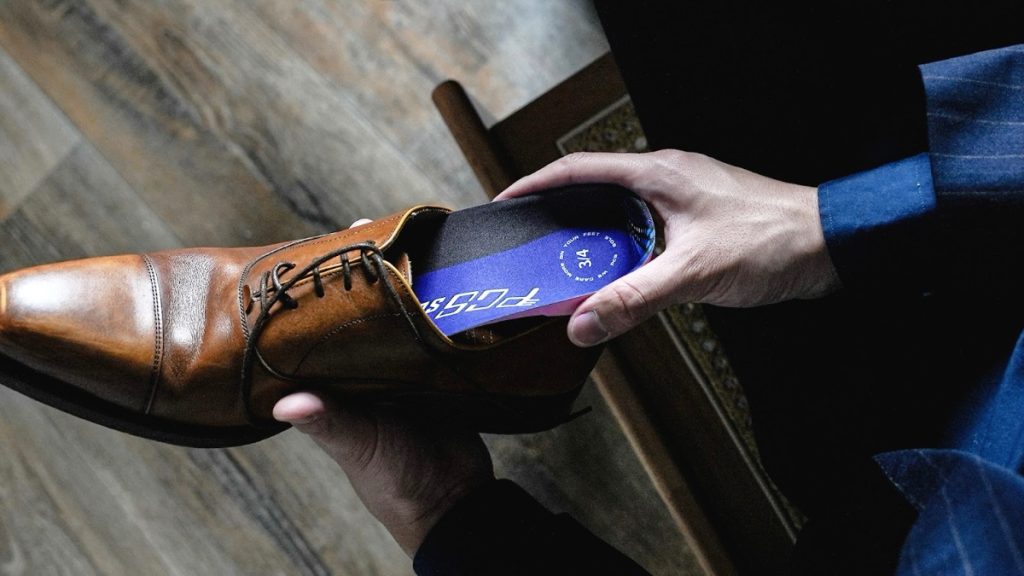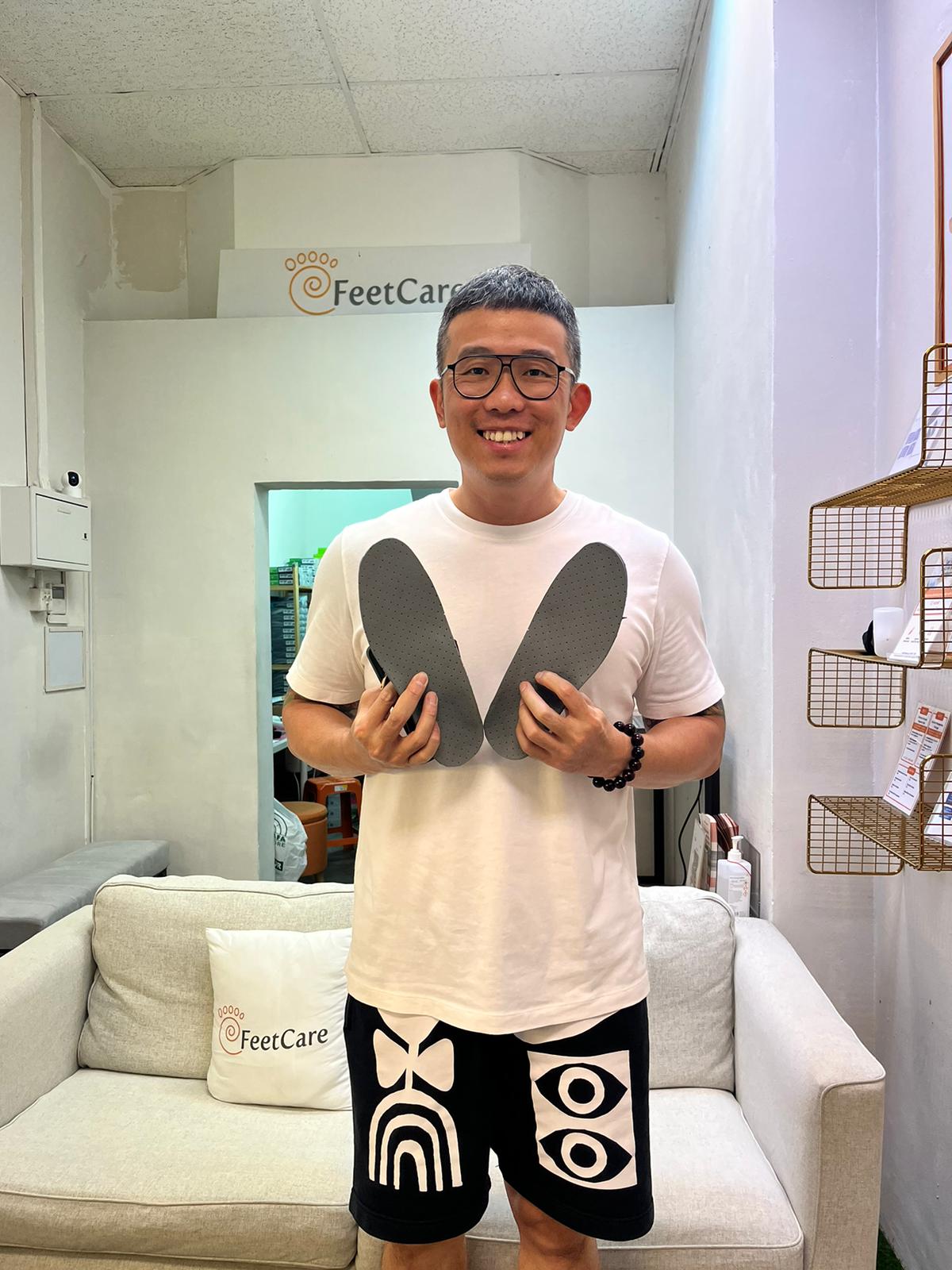
Heel Pain (or commonly known as Plantar fasciitis) is a pain felt on the heel of the foot, a condition that results when the plantar fascia is damaged or distressed.
This condition is majorly witnessed in people who spend extended periods standing, those suffering from obesity, and runners. The extreme pressure exerted on the plantar fascia causes the ligament to tear, which causes the pain.
Living with plantar fasciitis can be demoralizing since you have to walk with caution in a bid to avoid aggravating the injury. Let us help you to understand this condition further and simple ways you can take to get you on the road to recovery.
Common Symptoms of Plantar Fasciitis
Not sure whether you have plantar fasciitis? We have summarized some common symptoms below.
- Pain at the back of the heel
- Sharp pain when you first get out of bed
- Pain when you sit down for some time and get up
- Pain after walking for some time
- Pain after running but not during the run
- Persistent pain that seems to get worse over time
How to Treat Heel Pain
Home Slippers (Do Not Go Barefoot)
a pair of arch support slippers for recovery
Most people have tried many options but it just does not seem to work. That’s because the body repairs the wound mostly at night while you are sleeping. And when the moment you first step out of bed without cushioning or support on your feet, you are essentially stretching the ligament and tearing apart the repair that was done the night before.
Therefore, repair needs to start again and it cannot progress. If you are at a loss of what to do, wearing arch support slippers at home will provide surprisingly fast recovery times.
Insoles

The key to treating plantar fasciitis is to allow the plantar fascia to repair itself. In order to do so, minimal pressure should be exerted on the plantar fascia. Using insoles wherever you go during recovery can help you achieve that. After you have recovered, insoles will also help to prevent the recurrence of the injury.
Stretches
stretching your calves throughout the day will double the speed of recovery
link: healthlinkbc.ca
When Conservative Methods Don’t Work
When you have tried relieving your heel pain using the natural methods above, and it still doesn’t work, it’s possible that the pain has become chronic and in that case, we recommend using Shockwave Therapy.
Extracorporeal shock wave therapy – The doctor will use a unique hand-held wand that will transfer the sound shock waves to the sore spot. These will then stimulate self-healing to the bone and the affected tissues
Last Resort
These are:
Cortisone injection – Before you opt for surgery, try the cortisone injection, but only do this once. Getting more than one jab of this medication has its risks since the main components of the drug are steroids
Surgery – Do not go for an operation unless you have tried all other options and have failed because you may have to live with the consequences of this procedure. The surgery aims at removing the plantar fascia, which is the affected area
In Conclusion
We recommend that you always go for the natural methods of recovery first.
Get 1 slipper for home use and 1 pair of insoles for going out. Doing so, you should already start to see the pain come down by 60 – 70% in most cases.
To speed things up, use the penetrex pain relief cream, which is made from 100% natural pain relief ingredient Arnica.
Stretch your calves throughout the day. Our successful cases usually do their stretches 5 times a day or more.
If you think you have heel pain, come down to one of our outlets and our feet specialists will be happy to help!
Sunshine Plaza
91 Bencoolen Street #01-27, Sunshine Plaza #01-27 S(189652)
Beauty World Centre
144 Upper Bukit Timah, Beauty World Centre #03-K11 S(588177)





